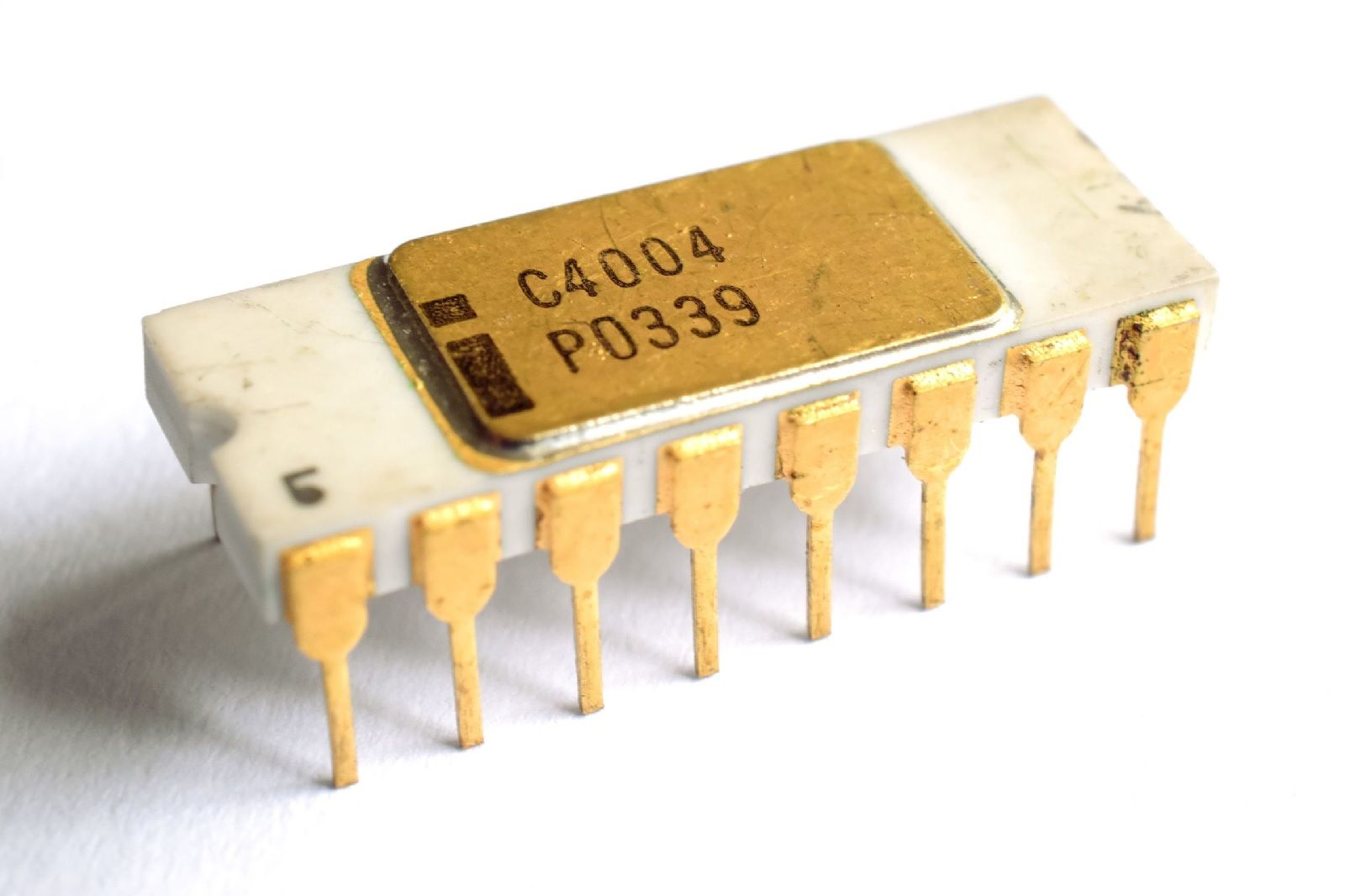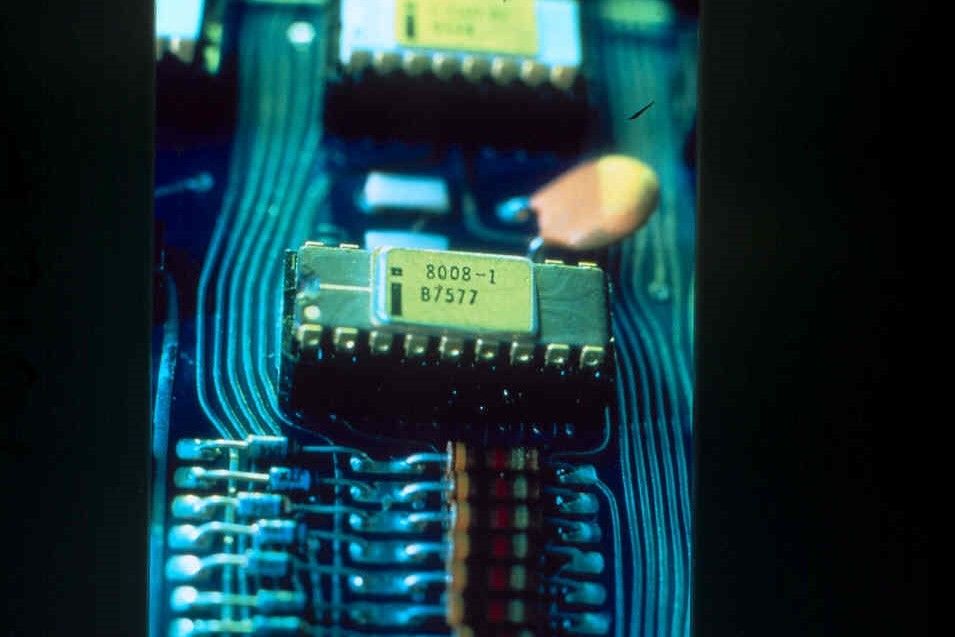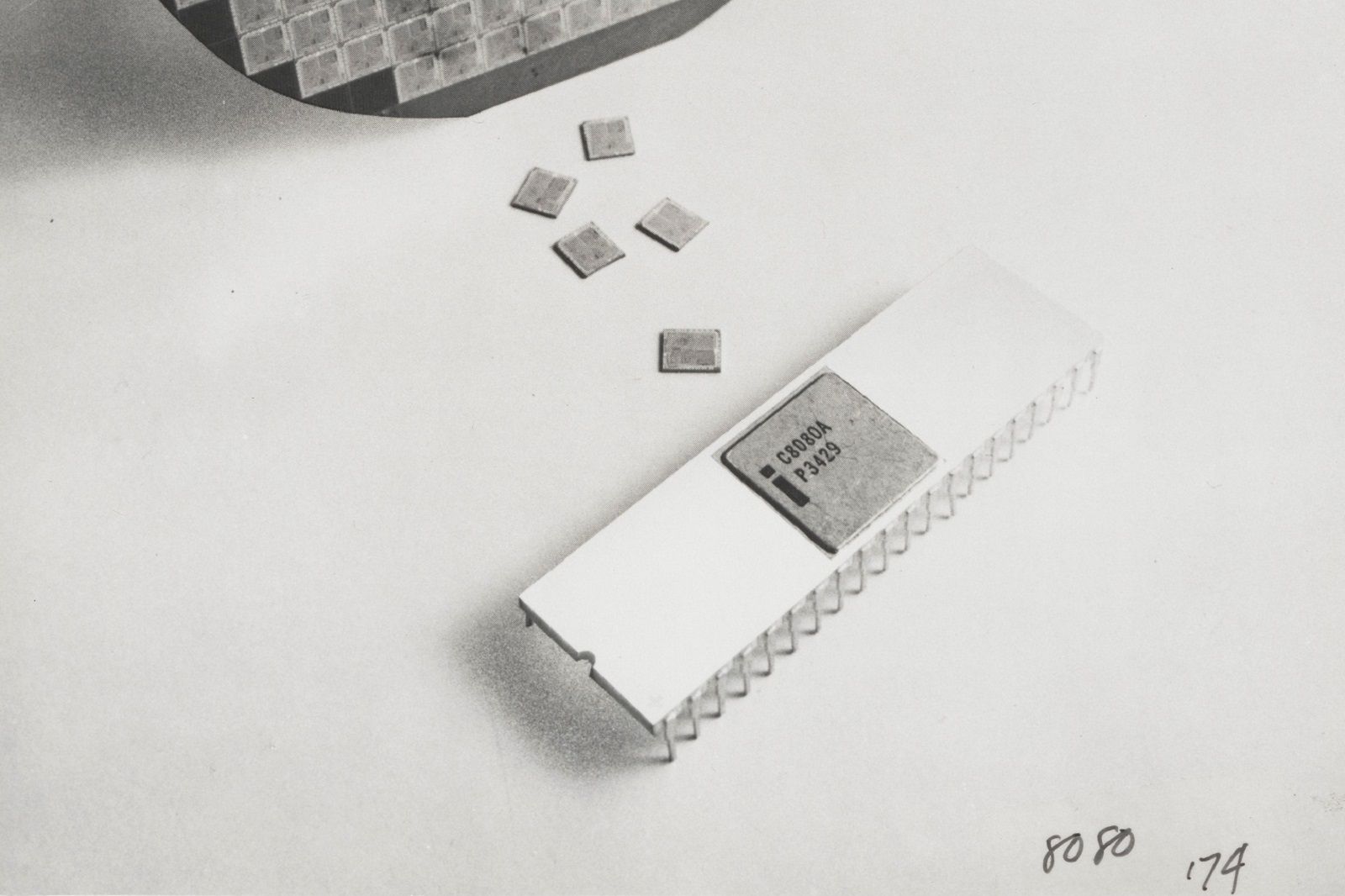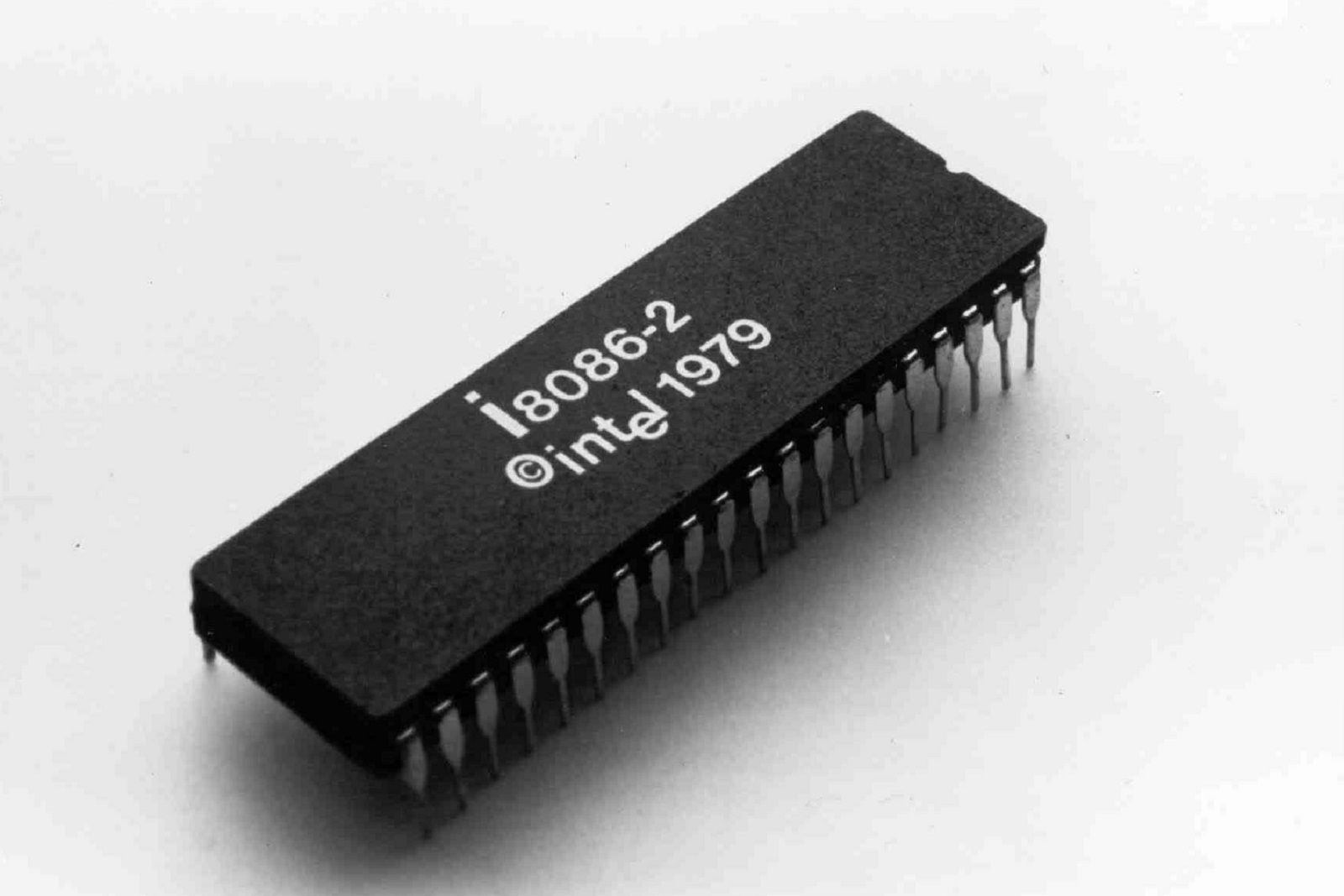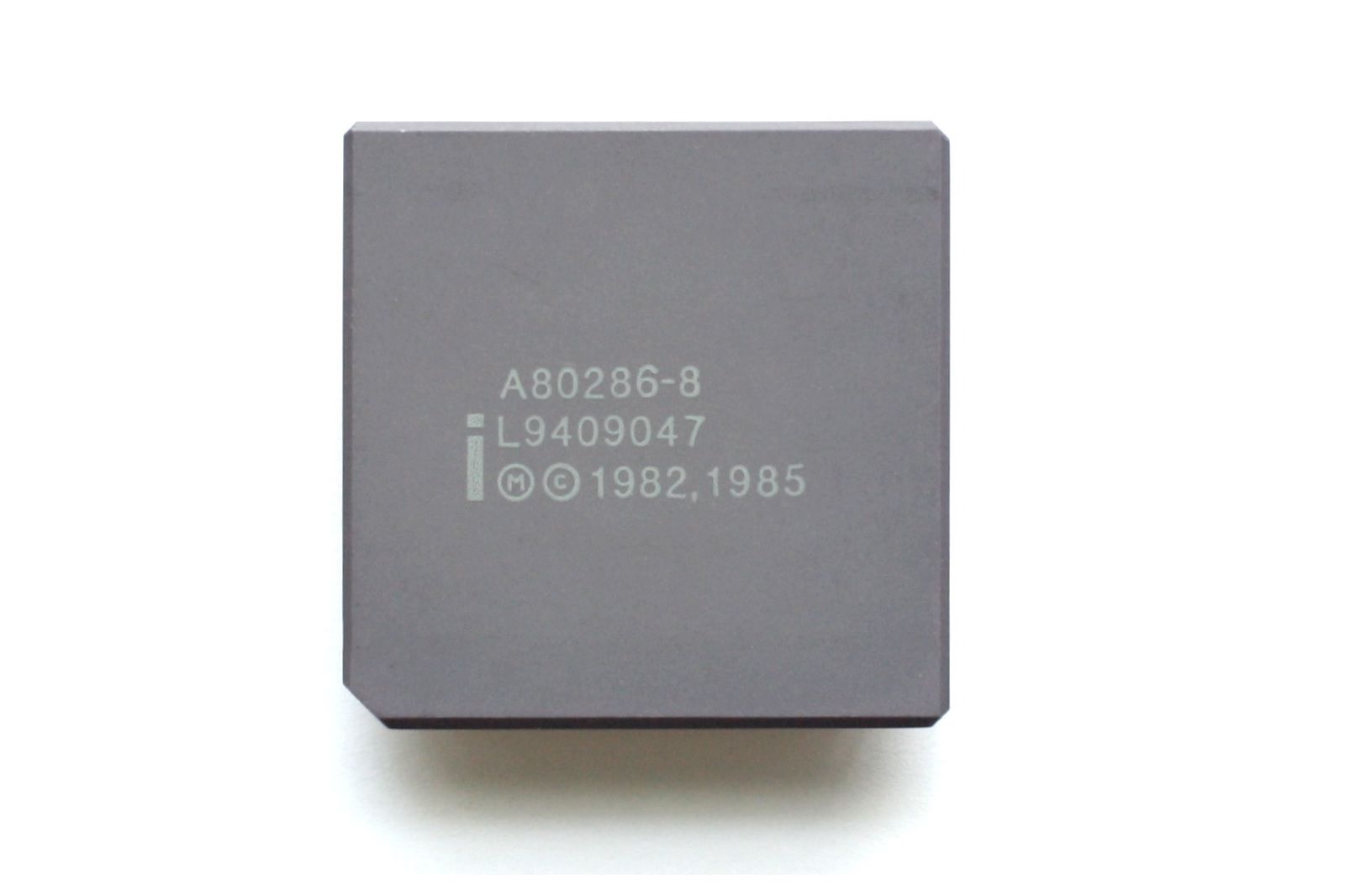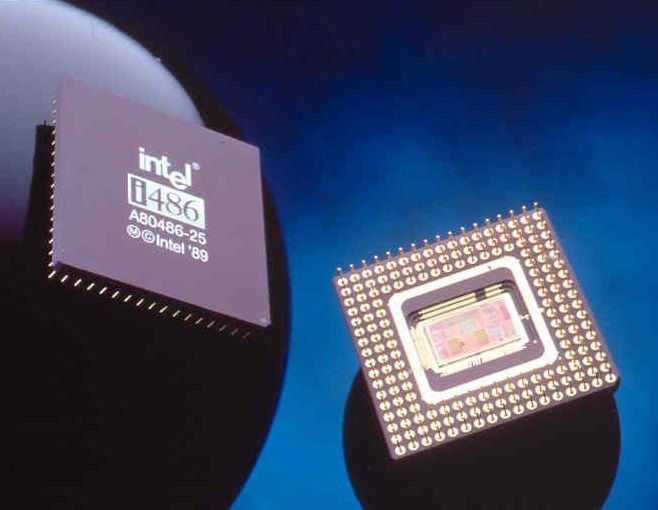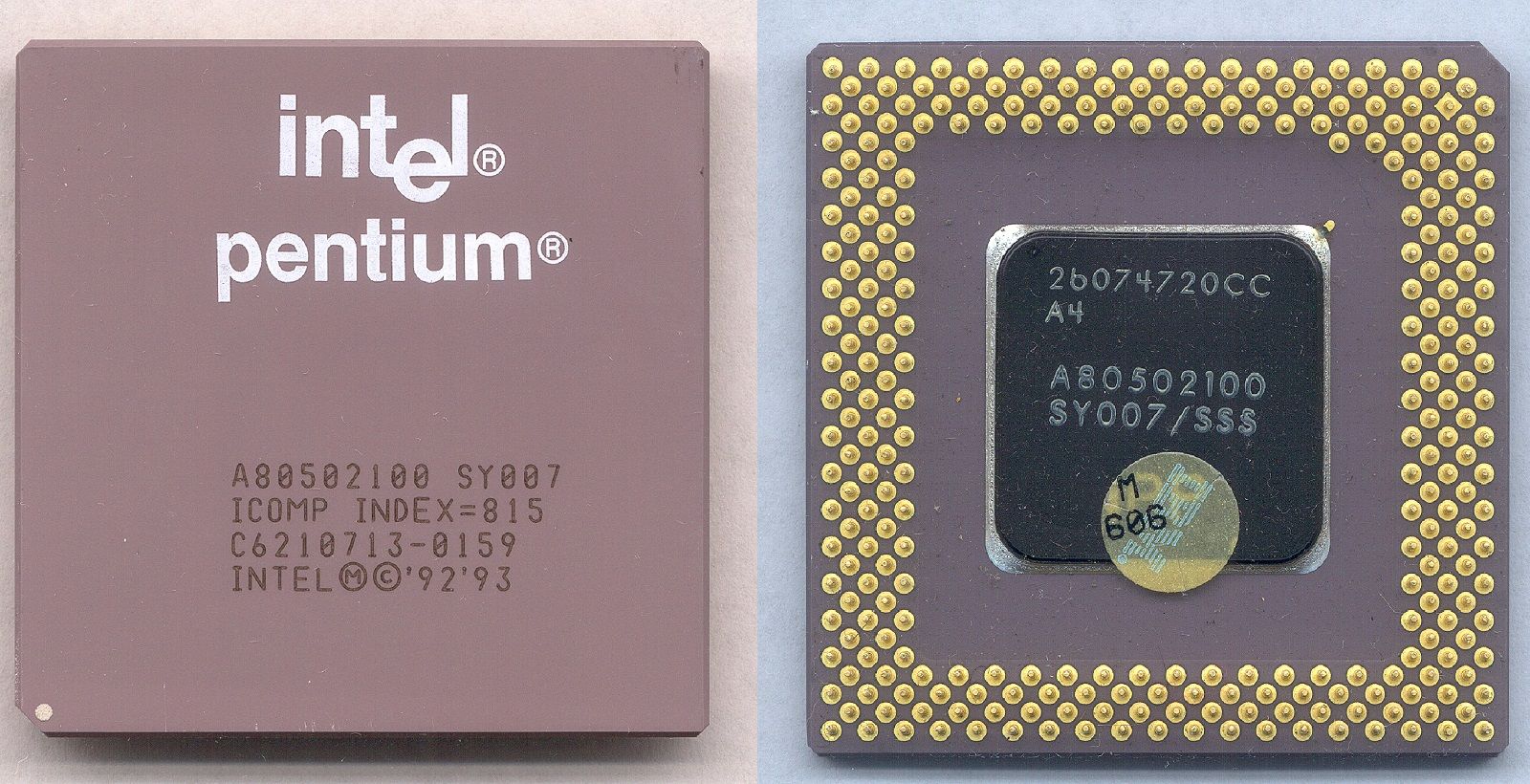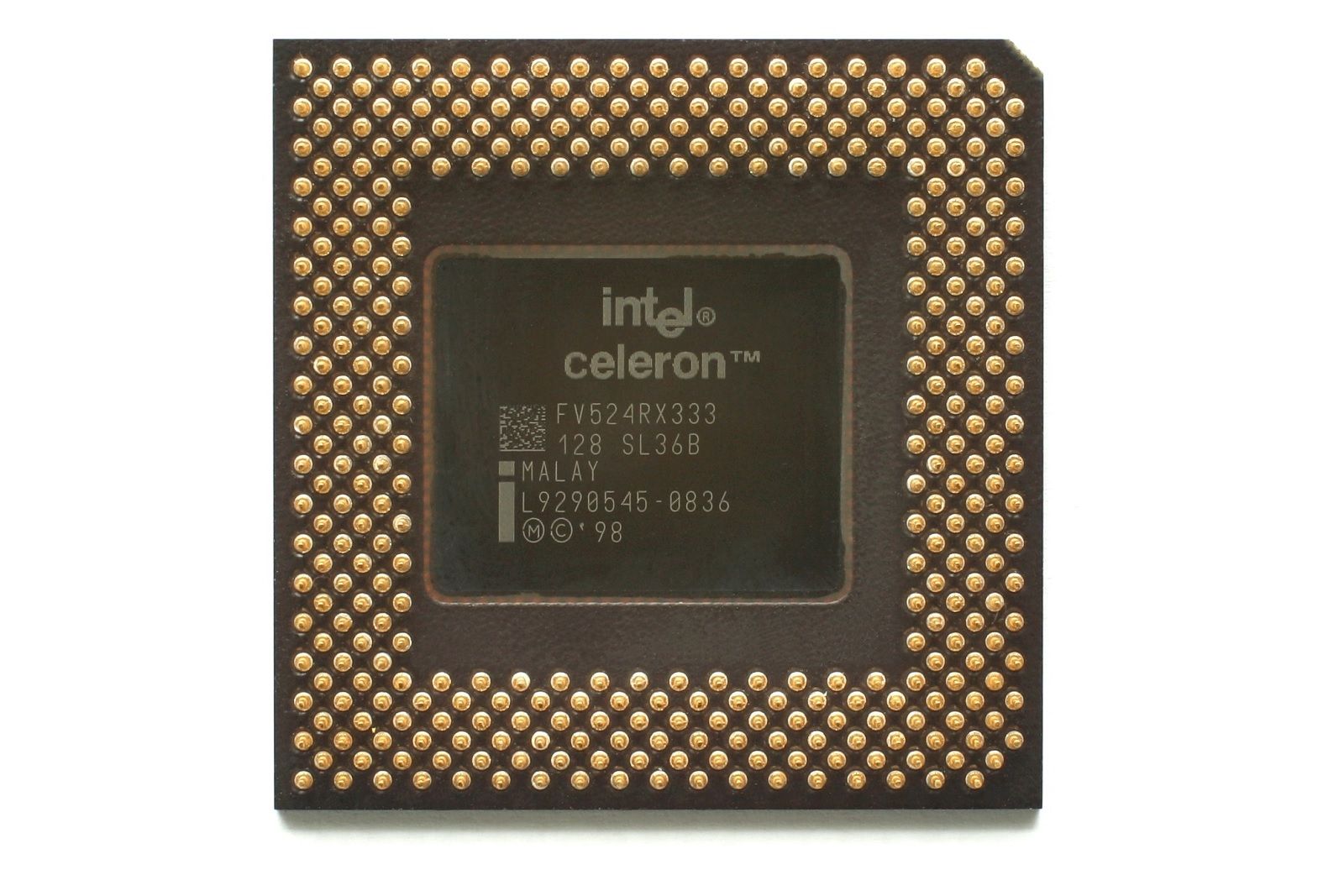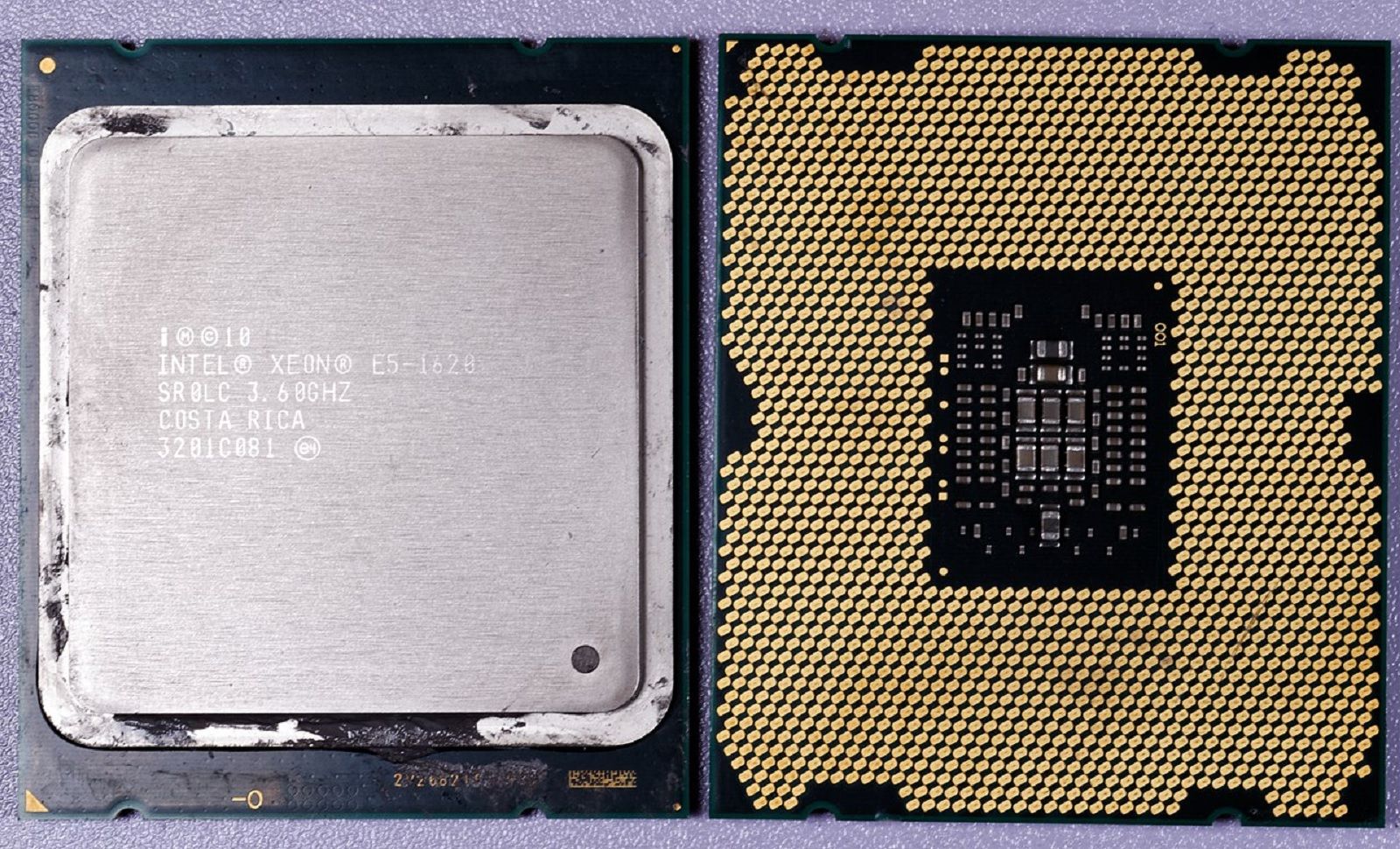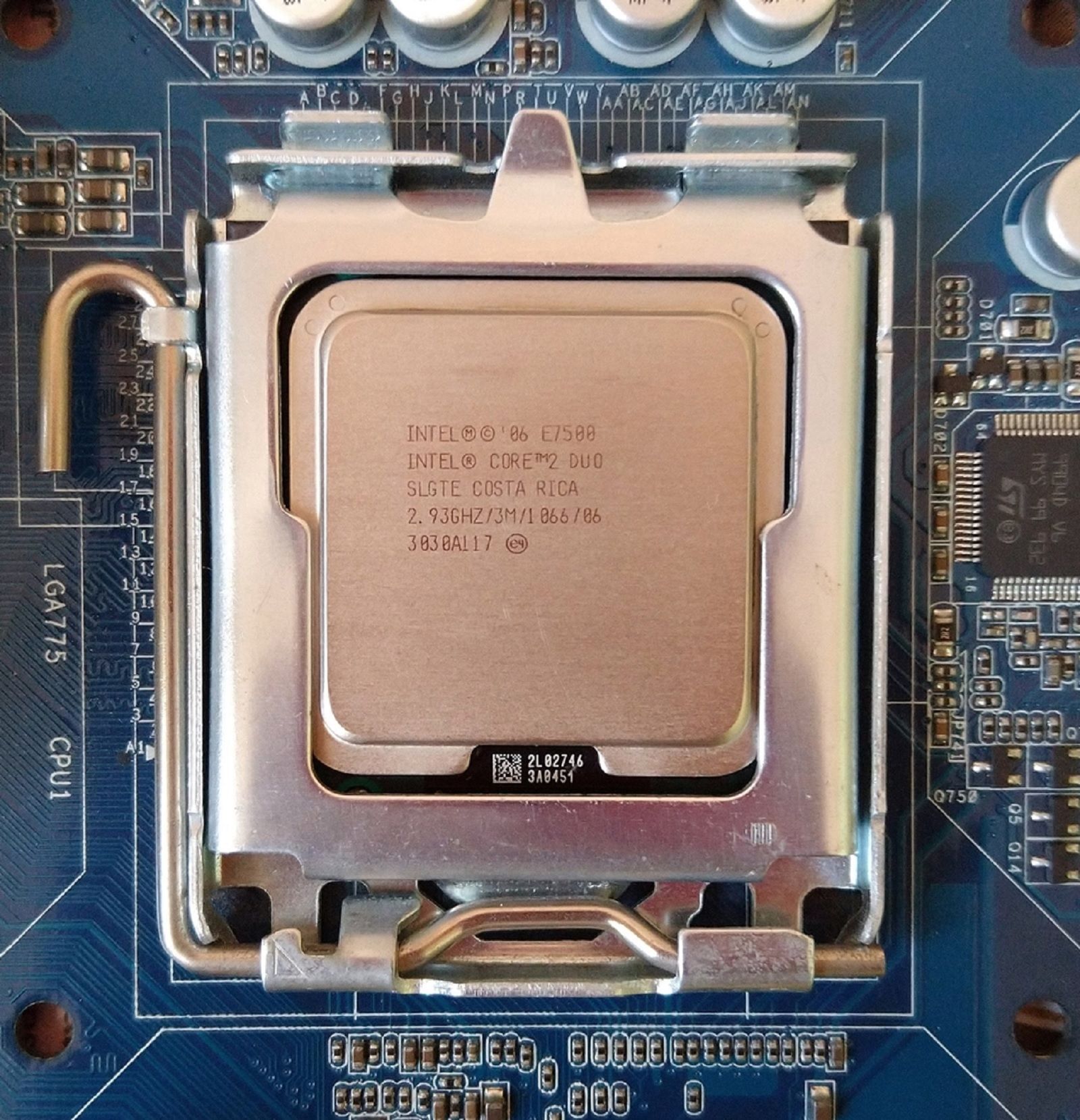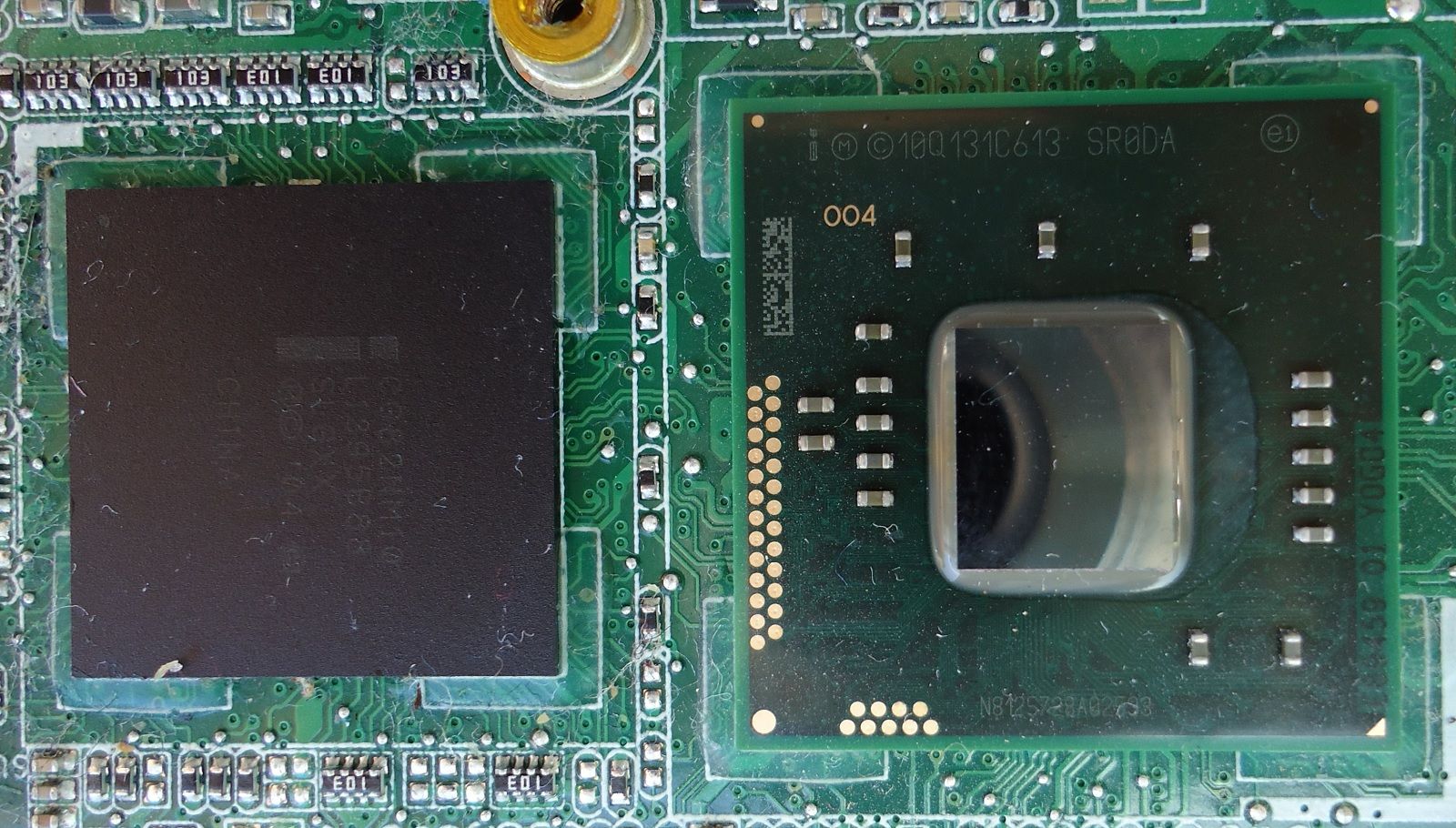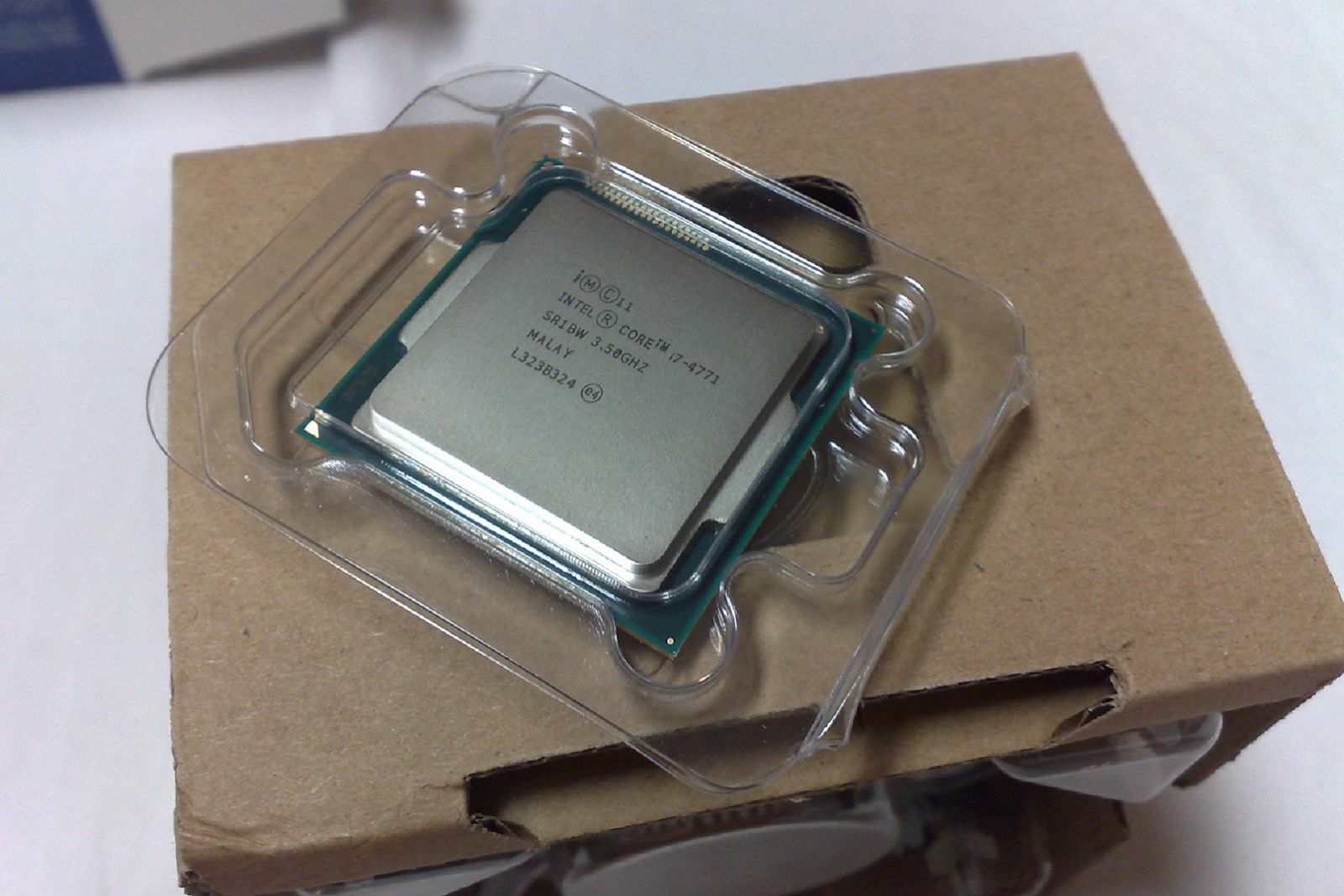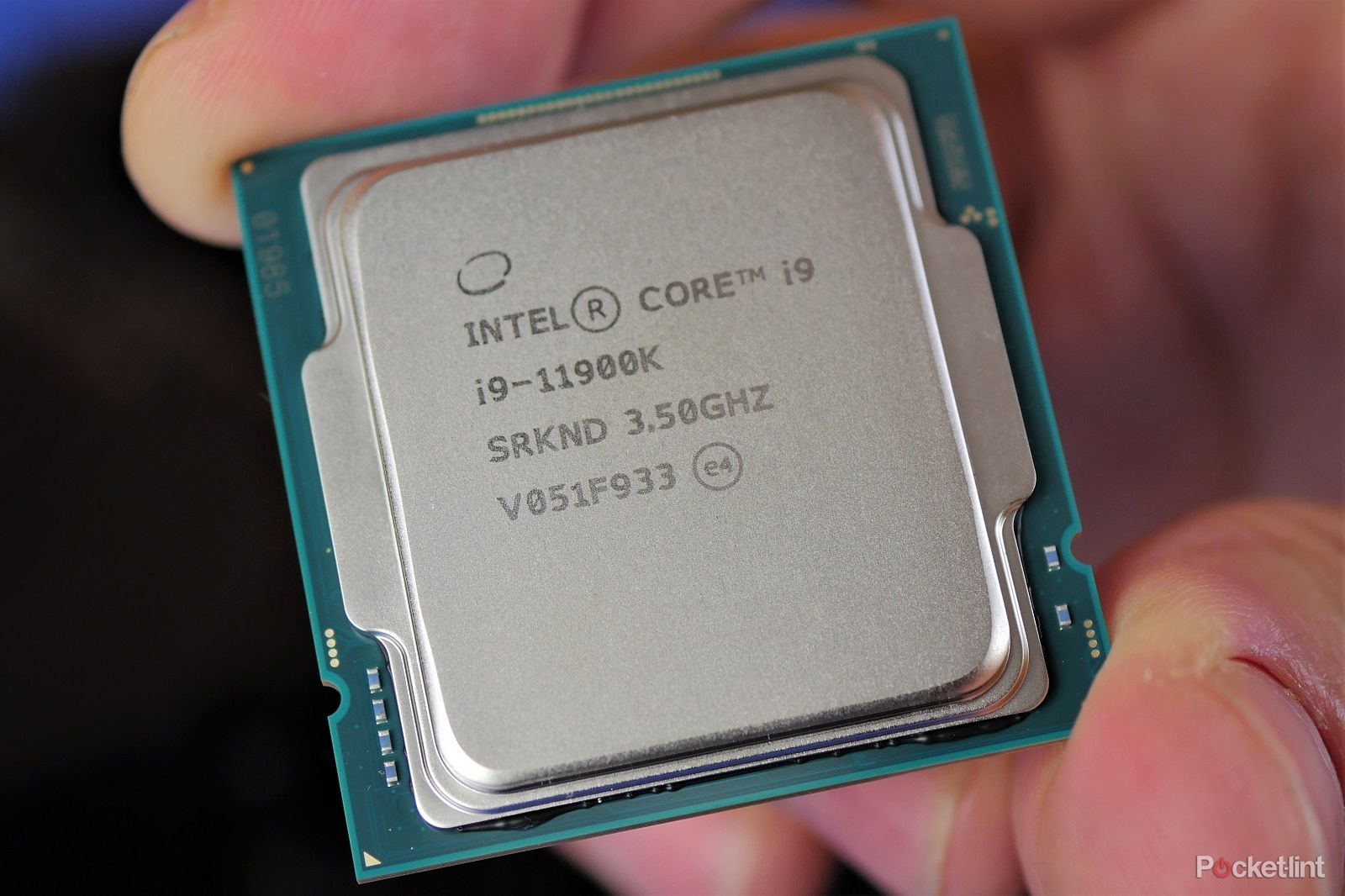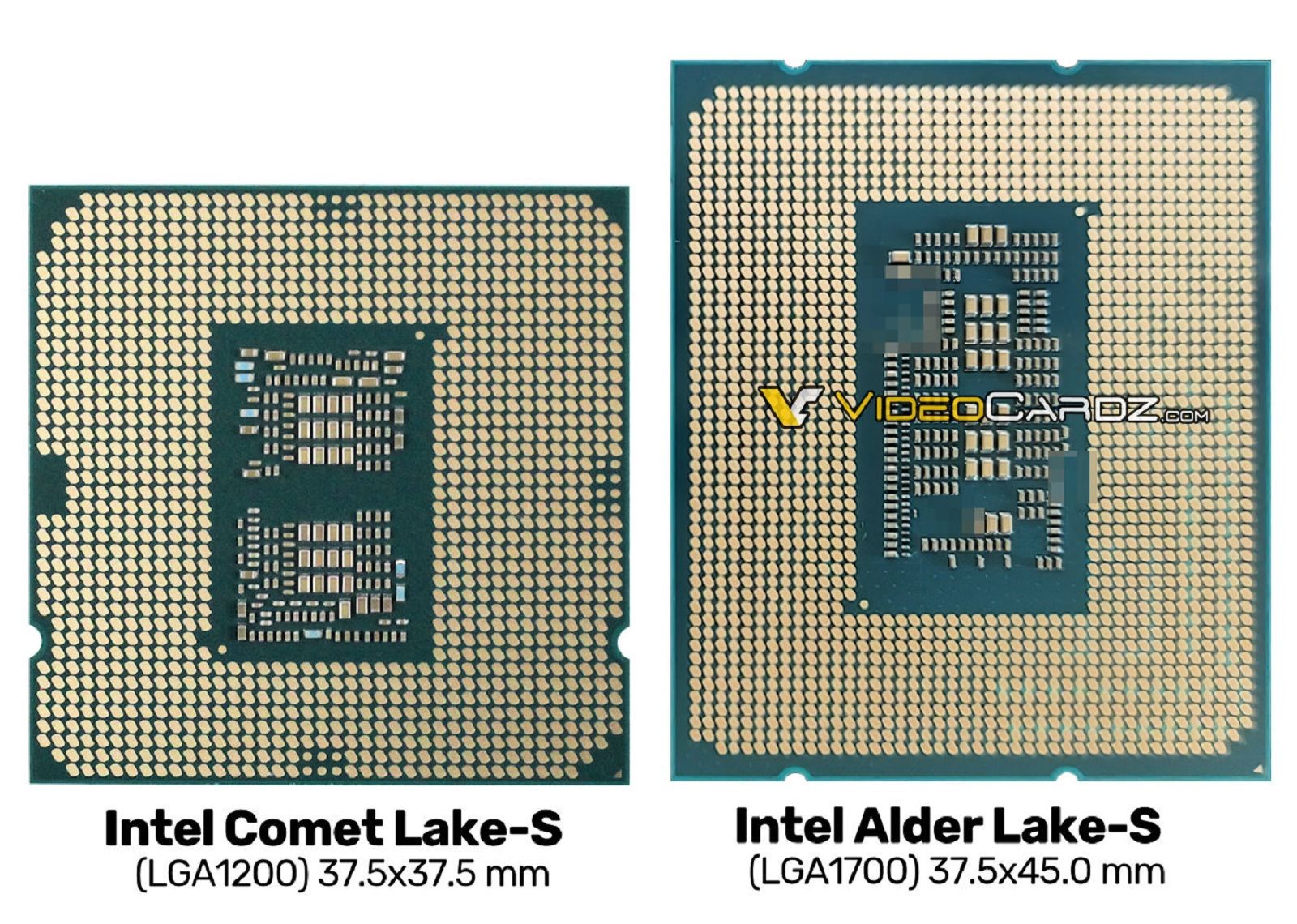During 2021's Intel Innovation event, the company celebrated 50 years since the launch of its first commercial processor - the 4004.
Back in 1971 that CPU powered what we'd now see as a vintage calculator, the Busicom 141-PF.
Since then the company's processors sure have changed a lot and microprocessors are now an integral part of almost every bit of technology in our daily lives. We're revisiting some of the most significant Intel CPUs from the last few decades and the changes they've brought to our lives.
Intel 4004 (1971)
It might not be much to look at, but the Intel 4004 was a significant advancement in technology that marked the beginning of the future.
It was just the size of a fingernail and yet had the processing power that had once been associated with computers that filled entire rooms.
In 1971 Intel's first commercially available microprocessor might have just been powering a calculator, but it was a significant move forward and a hint of things to come.
Intel 8008 (1972)
Shortly after releasing the first microprocessor, Intel achieved another first when it released the Intel 8008 in 1972.
This was the 8-bit CPU that had an 800KHz clock speed. It offered support for 16 KB of memory. A tiny amount by today's standards but significant advancements for the time.
Intel 8080 (1974)
The Intel 8080 was the second 8-bit processor launched by Intel. Things had changed quite a lot in a short space of time though. The 8080 had a 2 MHz clock speed and was able to support up to 64 KB of memory too.
The processor was able to execute several hundred thousand instructions per second. Where other microprocessors at the time were being used in calculators, cash registers and such, the 8008 had wider applications. It was popular for a number of reasons and was largely credited with starting the microcomputer industry. Later it would influence the x86 architecture and the future of computing.
Intel 8086 (1978)
In 1978 Intel released the Intel 8086 microprocessor, the first in a line of x86 processors.
It had a 16-bit architecture and managed an impressive 5MHz clock speed, packing 29,000 transistors.
A later version of this processor (the 8088) was used in one of the most influential computers of all time - the IBM Personal Computer. The 8086 was also used by NASA in equipment used for the maintenance of the pace Shuttle Discovery.
Intel 80286 (1982)
Generally known as the Intel 286, the 80286 was another 16-bit processor released by Intel in 1982. It managed a clock rate between 5 MHz to 25 MHz and could access 16 MB of memory - quite an increase from the 16 KBs the Intel 8008 could manage.
The 286 doubled the performance of the 8086 and was a significant move forward in computing.
Intel 486 (1989)
In 1989 the Intel 486 appeared. Packing 1.2million transistors and a clock speed of 25MHz it promised a large performance increase over previous CPUs.
The 486 could manage approximately 40 million instructions per second, a massive leap forward from the several hundred thousand the Intel 8080 was capable of.
It also had enough power for DOS and Microsoft Windows. Years later some users even managed to use this CPU to run Windows XP.
Intel Pentium (1993)
The Intel Pentium processor would push Intel CPUs into the mainstream and the minds of the public.
The first Pentium represented the fifth generation of Intel's microarchitecture. And that's where the name came from as it's derived from the Greek word "pente" which means five.
The Pentium processor proved successful and so Intel kept the name for many high-end premium processors that followed. The name would become synonymous with quality computing.
Intel Celeron (1998)
In 1998 Intel revealed its Celeron range of processors. These CPUs were aimed at low-cost personal computers with lesser performance than the premium Pentium processors.
The Celeron processor was Intel's response to competition in the low-end market from AMD and others. It also ended the reign of the ageing 80486 chip which had been in low-end laptops for years.
Intel Xeon (1998)
Intel's Xeon processors were designed for enterprise use, offering much higher core counts, more PCI Express lanes, support for larger amounts of RAM and more over and above that offered by other desktop CPUs.
They were designed to be more reliable and to stand up to more use and abuse too. The first Xeon processors also had 42 million transistors and a 1.7GHz clock speed. Significant increases from the days of the 4004.
Intel Core 2 Duo (2006)
The Core 2 Duo was another of Intel's moves to deal with pesky competition from AMD. The company had developed a reputation for stagnation and AMD was making gains with fast yet affordable CPUs.
The Core 2 Duo was Intel fighting back, with a competitive CPU that offered an impressive performance-per-watt ratio. It also relegated the Pentium brand to the mid-range market.
Intel Atom (2008)
The Intel Atom CPUs were designed to meet the needs of small computing technologies. This meant low power consumption without compromising performance.
Atom was used in netbooks, nettops, tablets and even a few smartphones. Intel officially had its CPUs in all manner of devices at this point.
Intel Core with HD Graphics (2010)
In 2010, Intel made a bold move. Historically graphics tech had been built into the computer's motherboard but with the introduction of Intel Core with HD Graphics the company combined both into one package.
The graphics processing was capable enough that discrete graphics cards no longer needed to be added to low-end laptops and battery life could thereby be improved.
In 2016 Intel even showed that its CPU graphics could match discrete GPU cards. In 2021 we're close to seeing dedicate graphics cards from Intel as well.
Intel 11th gen Rocket Lake (2021)
Intel's 11th gen Rocket Lake processors were met with mixed reviews compared to the previous CPU line-up. The processor opened up PCIe gen 4 speeds for Intel motherboards though, meaning access to faster SSDs for gamers and more.
More exciting things would happen in the next generation though.
Intel 12th gen Alder Lake (2021)
Intel’s first desktop processors based on 10nm SuperFin architecture received rave reviews when launched. With Intel lauded for making great performance leaps.
The new CPUs also bought more technology with support for DDR5 RAM which has speeds as fast as 7,000Mhz (significantly more than DDR4) and PCIe gen 5 as well.


